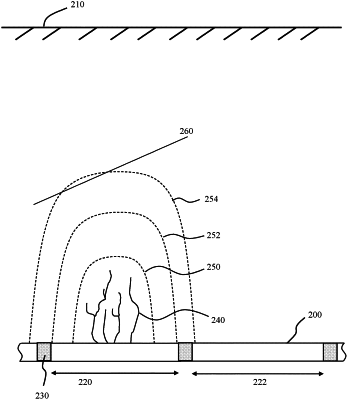| CPC G01V 1/008 (2013.01) [E21B 41/00 (2013.01); E21B 43/26 (2013.01); E21B 47/06 (2013.01); E21B 49/00 (2013.01); G01V 1/282 (2013.01); G06F 30/28 (2020.01); E21B 7/04 (2013.01)] | 18 Claims |

|
1. A method, comprising:
measuring, for a time period, micro-seismic events from a formation to determine if the formation has an active or non-active fault;
obtaining a mechanical earth model of a formation;
modeling, using the mechanical earth model, a hydraulic fracture growth pattern in the formation from a stimulation of the formation thereby generating a combined fracture growth and mechanical earth model, wherein the stimulation comprising an injection of a volume of fluid into the formation;
determining a first increase in pressure in the formation resulting from the stimulation based on the combined fracture growth and mechanical earth model;
receiving data indicating a second increase in pressure in the formation associated with a previously conducted drilling operation;
comparing the first and second increases in pressures to determine if the first and second increases in pressure are within a pressure threshold relative to one another;
predicting whether a seismic event will occur in the formation when the first and second increases in pressure are within the pressure threshold, wherein predicting comprises:
predicting that the seismic event will occur in the formation when the second increase in pressure resulted in a previous seismic event;
predicting that the seismic event will not occur when the second increase in pressure did not result in a previous seismic event; and
altering at least one parameter of the stimulation to mitigate risk of the seismic event if the seismic event is predicted.
|